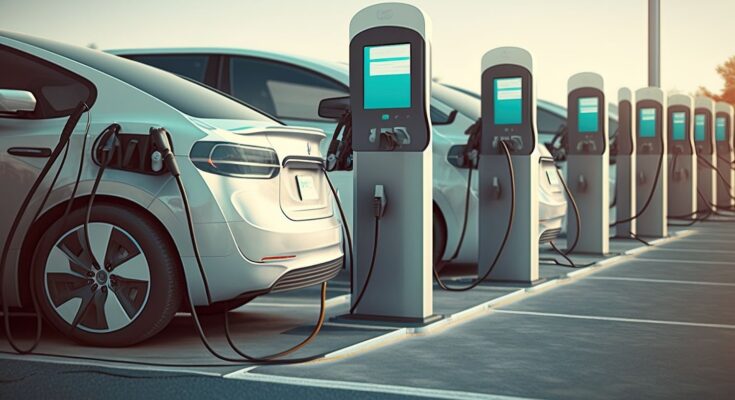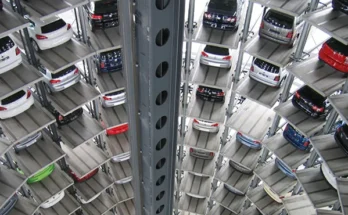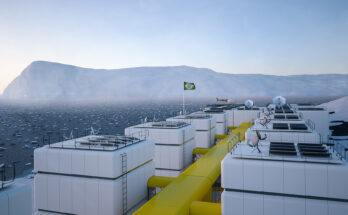California has reached a major milestone in electric vehicle (EV) infrastructure, now boasting 178,549 public and shared private EV chargers. This represents a 48% increase compared to the number of gas nozzles statewide, marking a significant step forward in the state’s transition to clean transportation.
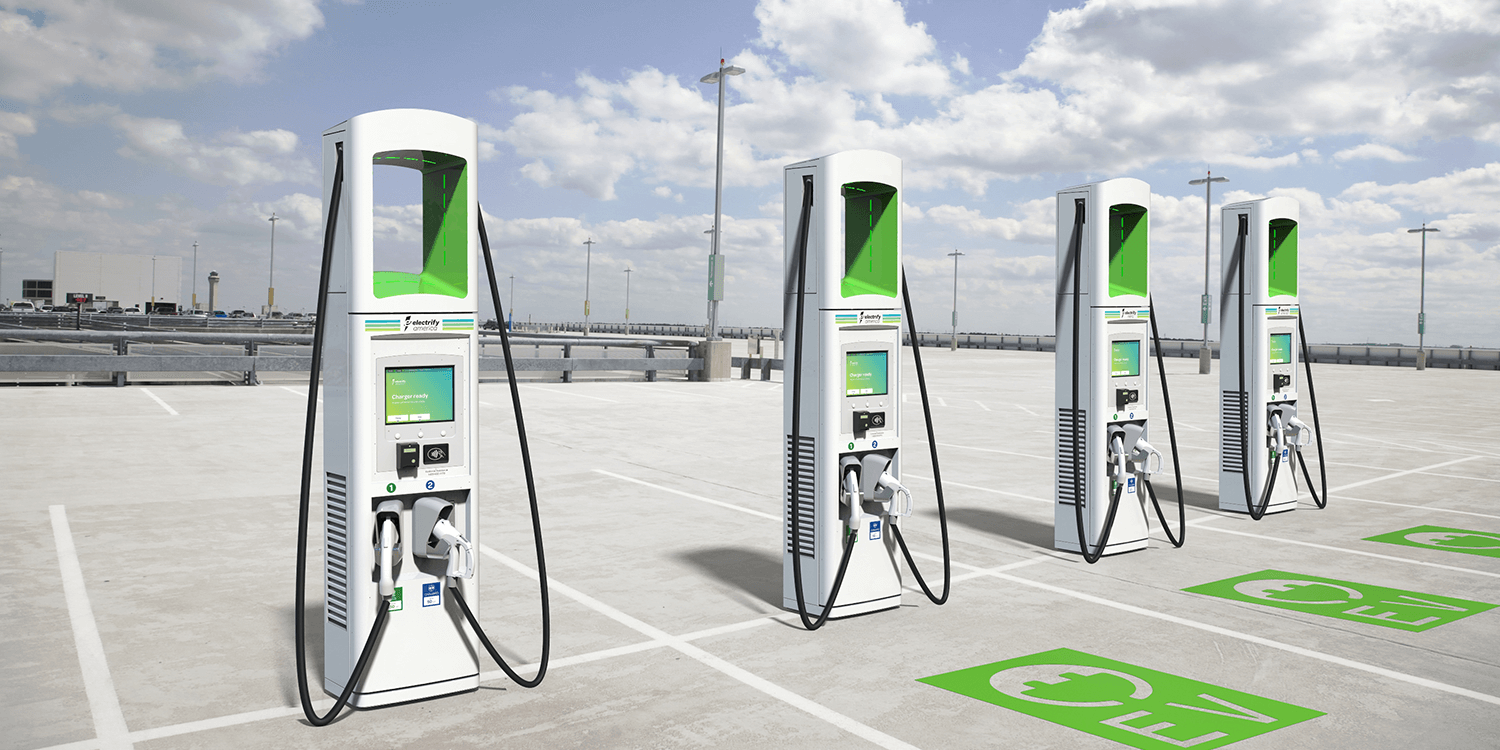
Governor Gavin Newsom announced the achievement, emphasizing California’s commitment to expanding charging accessibility despite federal policies that may hinder EV adoption. “While the federal government is making it harder to charge your electric car, California is doing the opposite. We now have nearly 50% more chargers than gas nozzles, giving consumers more options than ever. We’re embracing a clean car future and providing people with real choices—regardless of what mandates come out of Washington,” said Newsom.

The California Energy Commission (CEC) estimates that the state has around 120,000 gas nozzles, significantly fewer than the 178,000 public and shared private EV chargers now available. Of these, more than 162,000 are Level 2 chargers, while nearly 17,000 are DC fast chargers. Additionally, this count does not include an estimated 700,000+ Level 2 chargers installed in single-family homes, further supporting California’s robust EV charging network.

The updated charger totals are a result of the CEC’s improved data-tracking methods, which incorporate more data sources for a clearer picture of the state’s operational chargers. Of the 73,537 chargers added to the dataset in 2024, nearly 38,000 are newly installed, while another 35,554 were already in place but had not been previously recorded.
To further bolster its EV infrastructure, California approved a $1.4 billion investment plan in December 2023, aimed at expanding zero-emission transportation options. This initiative funds projects like the Fast Charge California Project, which has allocated $55 million to install DC fast chargers at businesses and publicly accessible locations. The project is part of the larger California Electric Vehicle Infrastructure Project (CALeVIP), the nation’s most extensive EV charging incentive program.
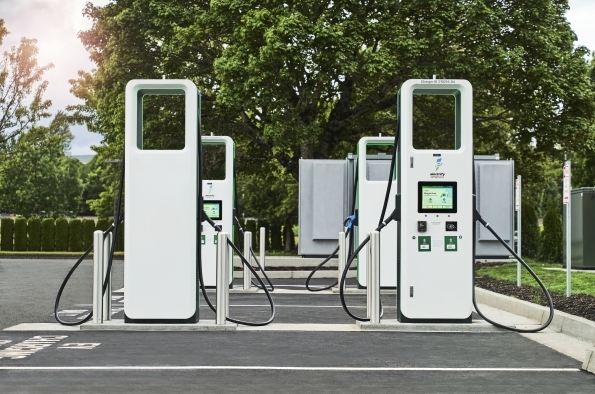
With California leading the charge in EV infrastructure, now is an excellent time for residents to consider transitioning to renewable energy sources like solar power. Installing a home solar system can help offset electricity costs for EV charging while taking advantage of the state’s abundant sunshine.
For those looking to make the switch, EnergySage is a free service that connects homeowners with pre-vetted solar installers offering competitive pricing. By using EnergySage, consumers can compare quotes from multiple providers, ensuring high-quality solutions and savings of 20-30% compared to finding an installer independently. The platform is free to use, and homeowners won’t receive sales calls until they select an installer and share their contact information.
As California continues its push toward a zero-emission future, expanding charging infrastructure and renewable energy solutions will play a crucial role in making EV adoption more accessible and convenient for everyone.
